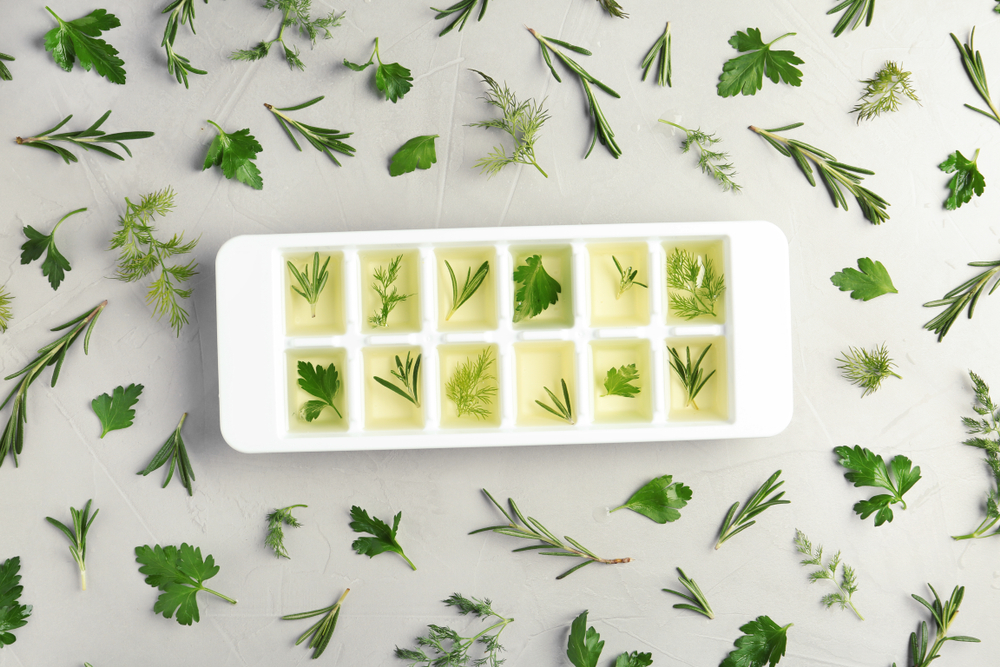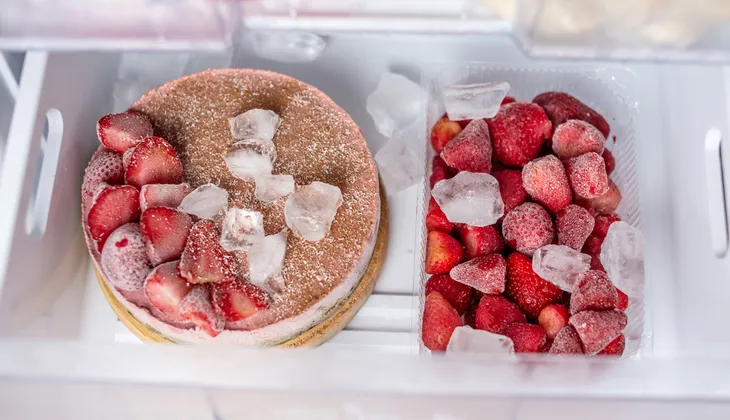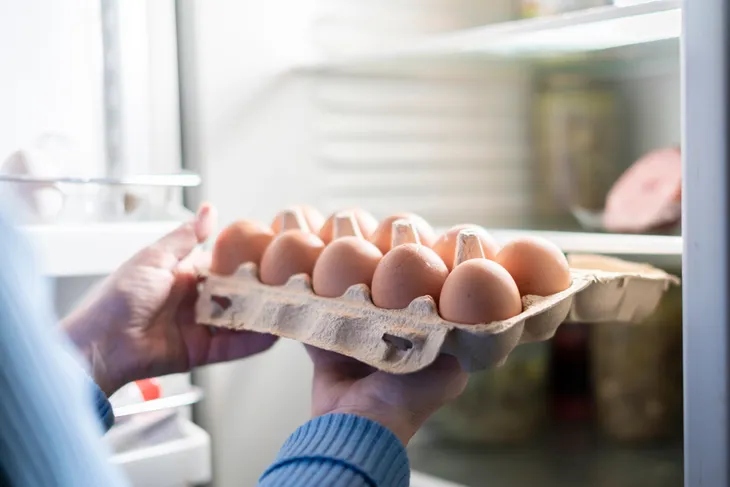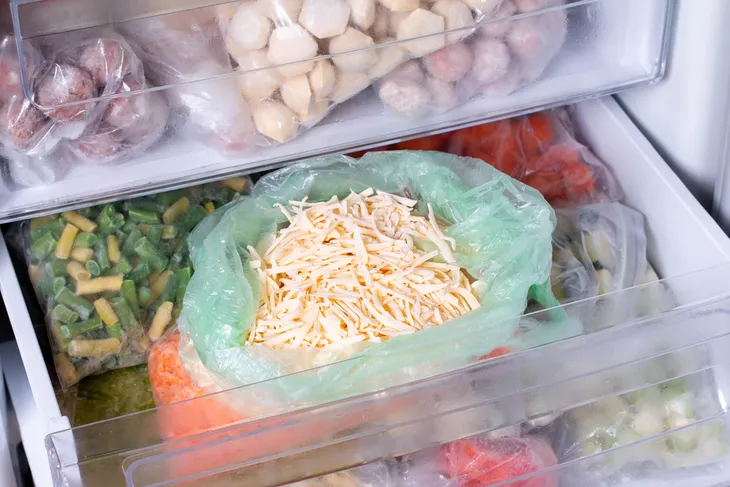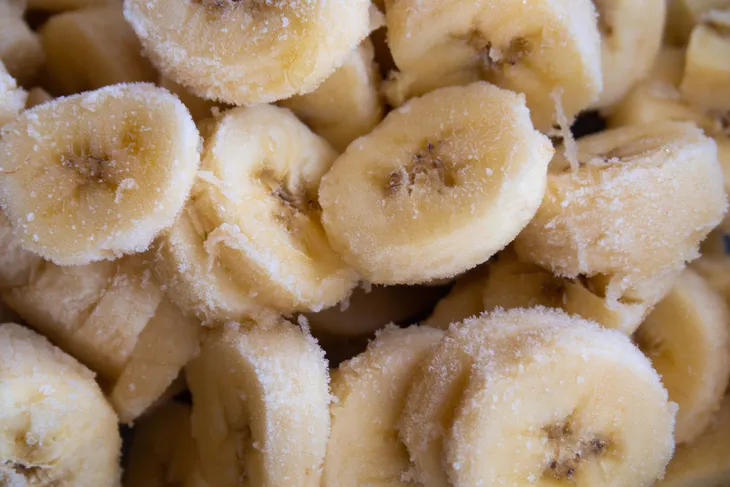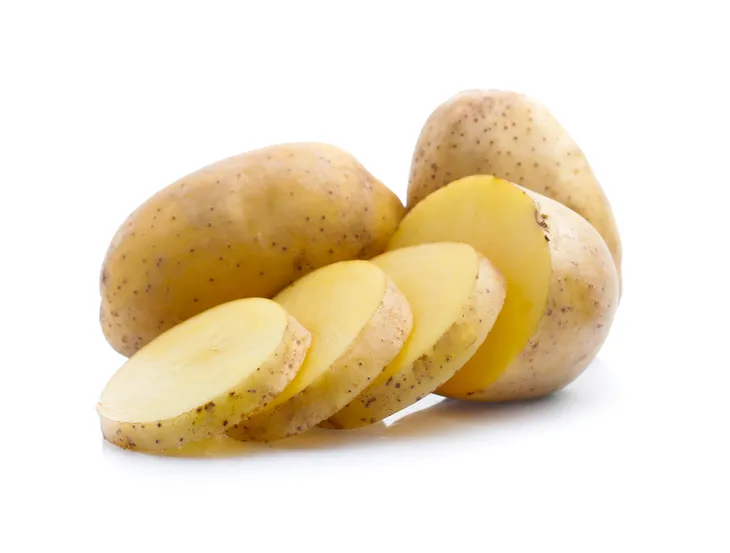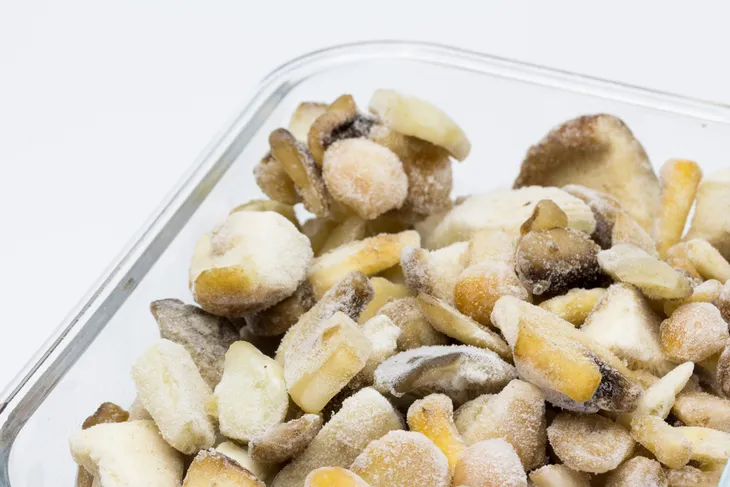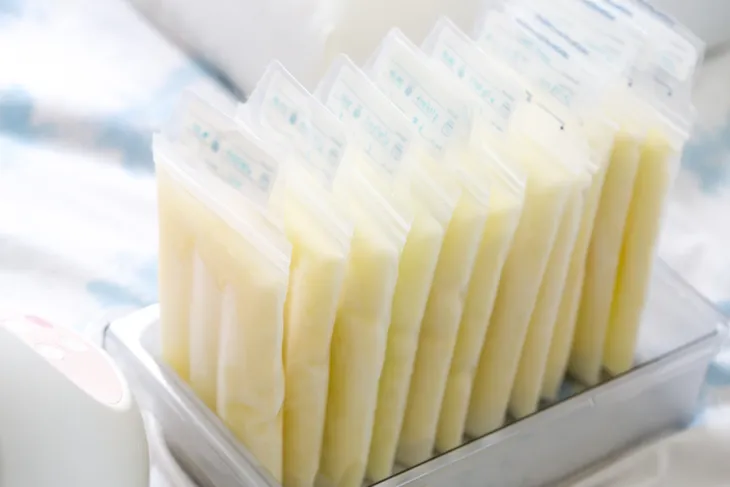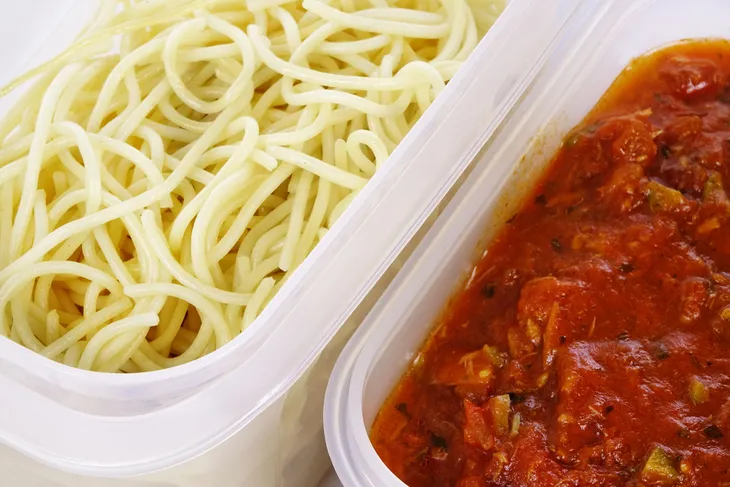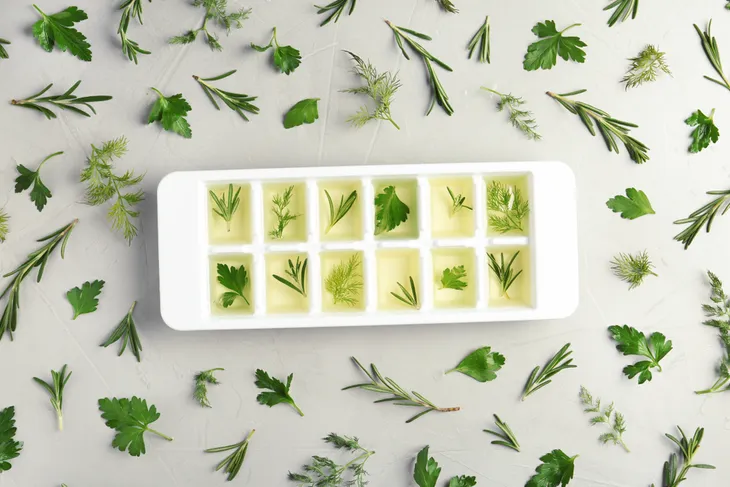There’s nothing worse than seeing an expensive food item thrown in the trash because it went bad. To prevent this, we often package our favorite foods and put them in the freezer, where they can keep for months beyond their expiry dates.
Unfortunately, not all foods freeze well, meaning they taste terrible when they’re thawed and given a second chance at the dinner table. So, which foods are better for freezing?
Cake
The mere sight of cake is often enough to bring feelings of joy and happiness to a group of people. Whether it’s a birthday celebration, wedding, or holiday get-together, cake is always a popular choice.
But did you know that cake can be frozen? The key is to wrap a baked cake in cling film and put it in the freezer before putting on the icing, which doesn’t tend to freeze quite as well. Overall, if you’re worried about time on the day you make the cake, it may be smart to freeze the cake beforehand and just put together the icing when it’s needed.
Eggs
Eggs, like many other items from the dairy aisle, are so very often thrown out because they’ve gone beyond the expiration date. But there is a way to keep them longer: just put them in the freezer.
The key is to avoid throwing eggs in the freezer, shell and all. In fact, you’ll need to crack each egg, whisk it briefly, and then pour the solution into a freezer-friendly dish. A good idea: put your whisked eggs in ice trays, making each space the equivalent of one egg.
Cheese
Like eggs, milk, yogurt and other dairy aisle items, cheese is often thrown away because it goes bad. Chances are you’ve had to throw away a nice, big (and expensive) block of cheese because it started to grow mold.
The good news is that you can freeze cheese. For the best results, grate the cheese and place it in a freezer-friendly container or freezer bags. That makes it easy to grab and throw on a hot dish – like pasta – when needed.
Bananas
It’s tough to deny the deliciousness of a ripe banana. But it’s a fine line between a banana that tastes just right and one that’s been sitting on the kitchen counter just a day or two too long.
Thankfully, they can be frozen either with or without the skin. The only issue: frozen bananas won’t taste quite like the ones you get off the shelf at the grocery store – instead, they’ll be mushy, making them useful for bowls of oatmeal or baked goods like cakes and muffins.
Potatoes
When kept in a cool and dry place, potatoes tend to last a lot longer than most other fruits and vegetables. But, rather inevitably, they too can go bad.
You can prevent that sad end by freezing your potatoes. The trick is to skin them and blanch them in boiling water for five minutes. Then, pour them in a boil of cold water for ten minutes. Finally, pack your cooled but cooked potatoes in freezer-friendly dishes or bags.
Mushrooms
Mushrooms make an excellent addition to just about any savory dish – from pizzas to pasta sauces and chili. But they don’t last long once they’re brought home from the grocery store, meaning they’re too often thrown in the trash.
You can prevent that by placing your mushrooms – cooked or raw – in a freezer-friendly dish or bag and then placing it in the freezer. Keep in mind that thicker cuts of mushrooms, like portobellos, will take longer to freeze and thaw out than smaller or sliced mushrooms.
Milk
We’ve all seen just how disgusting it can be to smell, see, or even taste milk that’s expired. There’s nothing you can do with that milk aside from dump it down the drain.
But you can freeze milk if it’s approaching its expiry date. You can freeze milk in a glass container, freezer-friendly bags, or in ice cube trays. Just keep in mind that, if you’re freezing milk in a carton or bottle, you leave a little room at the top so it can expand during the freezing process.
Pesto
Pesto makes an awesome addition to so many Italian and Italian-inspired dishes, from pizza and pasta to hamburgers and other sandwiches. But once a jar of pesto has been opened it has a relatively short shelf life, meaning it can go bad in just a few weeks.
To prevent that, portion your pesto into small pucks – you won’t need much for each dish – and freeze it. Using an ice cube tray can be an excellent way to set out just the right amount of pesto for future meals.
Pasta
Chances are you’ve made a delicious Italian dish only to find that you’ve prepared way too much pasta. It’s tough to throw all of that in the trash or watch as it goes uneaten in the fridge. Thankfully, you can freeze your pasta for a future meal.
The key is to cook your pasta beforehand. Ideally, it will be cooked al dente, so it maintains more of its structure and quality when thawed and reheated. You can also freeze whole pasta dishes – veggies, pasta sauce, meat and all.
Herbs
Like any other plant, herbs tend to come and go and they’re least likely to survive the colder winter months. But what if there was a way to keep living longer? Freezing can help.
If you’ve got a bunch of herbs you’re afraid won’t get eaten or will go bad during the winter, chop them finely and place them into ice cube trays. Then, cover them with water and put them into the freezer. When you need them for that favorite meal, just take them out of the freezer and let them thaw on the counter or in the sink.
